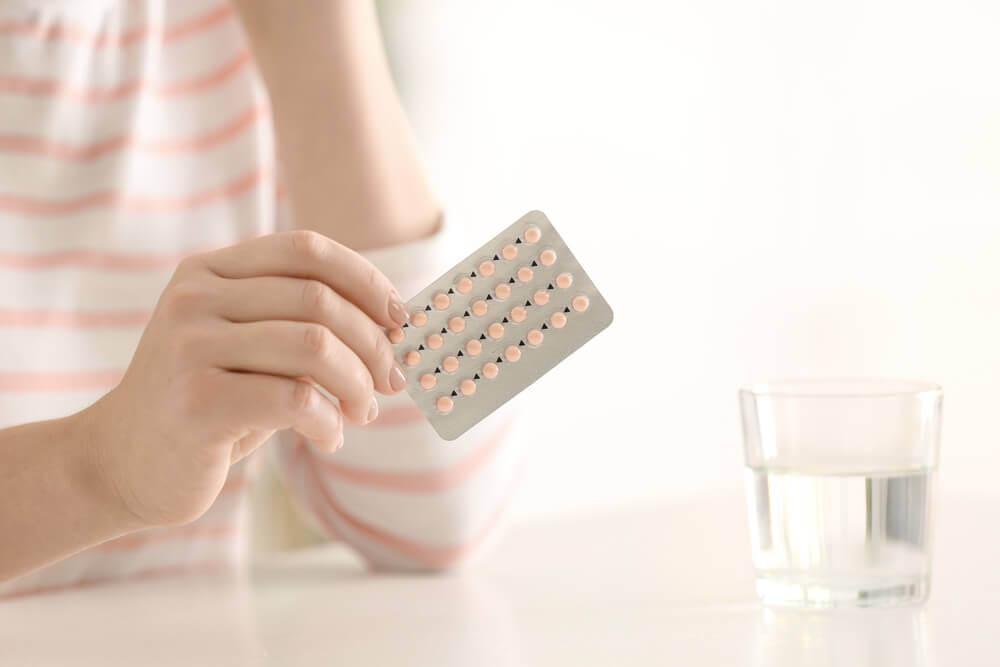Why Is The Rule Advanced?

The period is one of the processes that most conditions the lives of women throughout their fertile stage. The menstrual cycle is complex and is influenced by numerous factors, which is why it is frequently altered on many occasions.
Typically, the period appears every 28 days, especially in adult women who have passed puberty and are no longer so prone to hormonal changes. However, this is not always the case. In fact, each woman has a different cycle pattern and bleeding with specific characteristics.
Although the range of normality is established between 21 and 35 days between rule and rule, there are exceptions in which the period may appear earlier or later. In this article we explain why the rule can be advanced and what to do if it happens to you.
Why is the rule advanced?
As we have mentioned, the rule usually drops every 28 days. However, this depends on the cycle of each woman and the stage of her life. For example, we must bear in mind that during the first years of menstruation, the cycle is highly variable.
The same thing happens just before the onset of menopause. In both stages, it is common to find women who have early periods that recur in the same month. The opposite also happens, and the period is delayed more than normal.
The menstrual cycle occurs thanks to the action of different hormones, such as estrogens and progesterone. These substances are synthesized thanks to a complex mechanism involving brain structures and the ovaries.
What happens is that hormonal production is controlled by many different stimuli. In addition, when an injury occurs in any of the organs involved, they can be altered, leading to irregular or early menstruation.

What other factors influence?
One of the main factors that influences the rule is stress. When a woman has high levels of anxiety, her period is often one of the first things to be affected. In many cases it is early, but it can also be delayed, or become atypical in its presentation.
Another important factor in this situation is food. In order for a woman to be able to menstruate, she needs to have a minimum of body fat. Eating habits have a significant influence on your period, so starting a diet or changing it can cause your period to come forward.
The influence of the body mass index on the rule is interesting. Very thin women, as well as those who are overweight, can find in common the irregularity of the menstrual cycle.
It should also be noted that certain medications and contraceptives cause period spacing or overtaking. A special example of this is the morning after pill. This pill causes a hormonal imbalance to prevent pregnancy, which is sometimes accompanied by an irregular period.

What should I do if my period is early?
The truth is that the fact that the period is ahead of you does not have to worry you excessively. As we have already mentioned, the menstrual cycle is influenced by many factors, and most often it is not at all pathological.
Still, if this happens to you frequently or you are worried about another aspect of your cycle, it is best to go to the gynecologist. It is also important that you review your diet and your sports habits, since intense exercise alters your period.
It is recommended that the doctor perform an appropriate examination and the tests that he deems necessary. It must be ruled out that the advance of the rule is due to diseases or important hormonal imbalances.
Periodic checks are also to control the rule
If you have any questions or concerns, try to consult. Going to the gynecologist frequently will allow you to detect any problems that may appear and will also make you feel more calm.
When your healthcare professional asks you about your menstrual rhythms, they are making sure that you maintain a regularity that is considered normal. Write down your days on a calendar so that the information you provide in the office is as accurate as possible.









